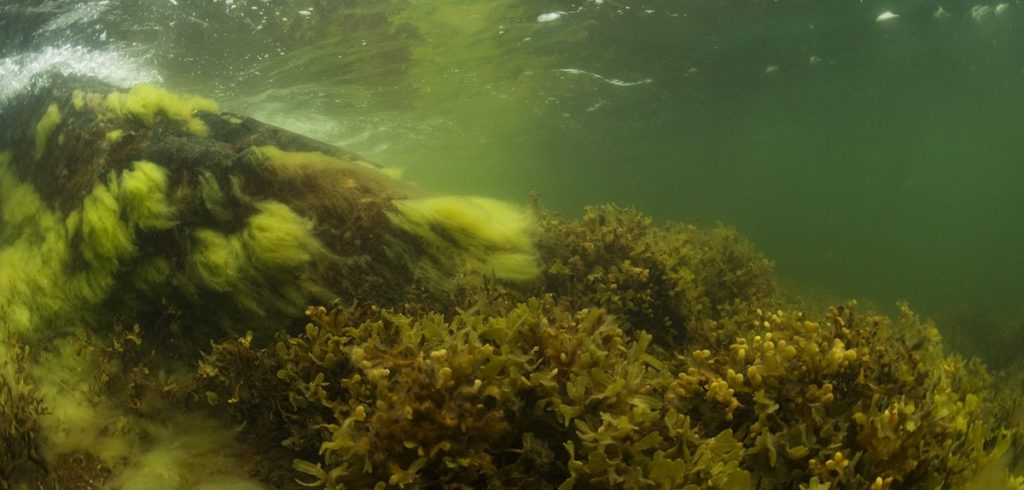A new study integrates experimental data and distribution models to predict species patterns under future climate conditions.

Predictive species distribution models are mostly based on statistical dependence between environmental and distributional data and therefore may fail to account for physiological limits and biological interactions that are fundamental when modelling species distributions under future climate conditions.
Here, we developed a state-of-the-art method integrating biological theory with survey and experimental data in a way that allows us to explicitly model both physical tolerance limits of species and inherent natural variability in regional conditions and thereby improve the reliability of species distribution predictions under future climate conditions.
By using a macroalga – herbivore association (Fucus vesiculosus – Idotea balthica) as a case study, we illustrated how salinity reduction and temperature increase under future climate conditions may significantly reduce the occurrence and biomass of these important coastal species. Moreover, we showed that the reduction of herbivore occurrence is linked to reduction of their host macroalgae.
Spatial predictive modelling and experimental biology have been traditionally seen as separate fields but stronger interlinkages between these disciplines can improve species distribution projections under climate change. Experiments enable qualitative prior knowledge to be defined and identify cause-effect relationships, and thereby better foresee alterations in ecosystem structure and functioning under future climate conditions that are not necessarily seen in projections based on non-causal statistical relationships alone.
The article can be read in full using the link below:
Kotta, J., Vanhatalo, J., Jänes, H., Orav-Kotta, H., Rugiu, L., Jormalainen, V., Bobsien, I., Viitasalo, M., Virtanen, E., Nyström Sandman, A., Isaeus, M., Leidenberger, S., Jonsson, P. R., Johannesson, K. 2019: Integrating experimental and distribution data to predict future species patterns. Scientific Reports 9:1821.